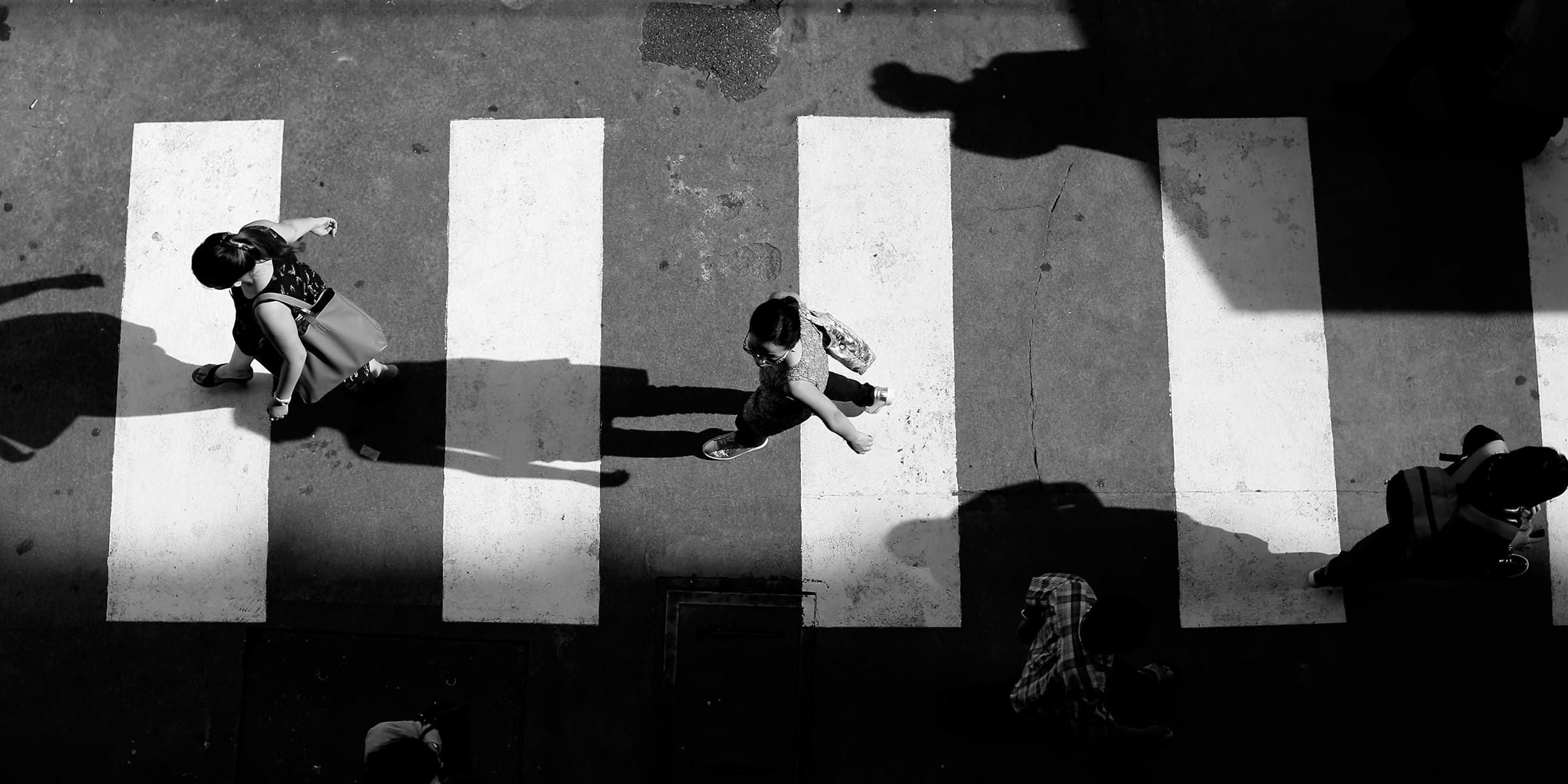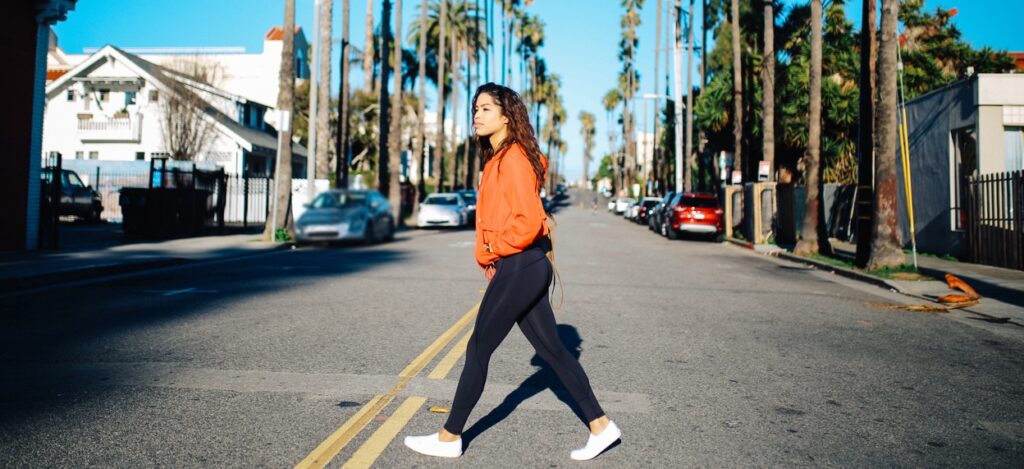A Dangerous Place to Walk: Bakersfield Pedestrian Crashes
September 12, 2023 | Article by Matt Clark | Tips & Information Social Share

U.S. cities are dangerous places to walk, and Bakersfield is no exception. In fact, it’s one of the worst cities in the country for pedestrians.
Multiple reports—including a study titled “Dangerous by Design 2024” published by nonprofit advocacy group Smart Growth America and a recent analysis by the Governors Highway Safety Association (GHSA)—have highlighted an alarming increase in pedestrian fatalities nationwide.
From 2019 to 2022, pedestrian deaths jumped by 20.6% to reach a 40-year high of 7,737. Although fewer pedestrians were killed in 2023, the number (7,318) was still far above previous levels—70% more than were killed in 2010.

So where does Bakersfield fit into this picture?
Of the 101 largest cities in the U.S., Bakersfield ranked 4th for pedestrian fatality rate per 100,000 people for the five-year period from 2018–2022. The 181 pedestrians killed in Bakersfield from 2018–2022 represented a 19.9% increase in fatalities over the period from 2013–2017.
Walking while drunk is a real danger—the same impairment that makes it hazardous to drink and drive can affect a pedestrian’s decision-making. In 2022, almost one of every five pedestrians killed by a car had a blood alcohol level over the legal limit for driving.
But in many pedestrian collisions, it’s the driver, not the pedestrian, who’s at fault.
If you were injured by a negligent driver while walking in Bakersfield or Kern County, the pedestrian crash lawyers at Chain | Cohn | Clark can advise you on how to seek the compensation you deserve.
Contact us today for a free, no-obligation review of your case.
What’s Making Our Roads So Dangerous for Pedestrians?
Studies have highlighted a number of factors involved in collisions with pedestrians.
During the COVID-19 pandemic, traffic enforcement relaxed. This indirectly encouraged reckless driving behaviors and most likely led to an increase in pedestrian deaths. However, the increasing trend in pedestrian fatalities began well before the pandemic.
The title of Smart Growth America’s study—“Dangerous by Design”—points to a fundamental issue with infrastructure in cities around the country. In many places—including California—city environments are optimized for cars, not for people on foot.
Infrastructure factors that harm pedestrians include:
- Wide arterial streets. Wider streets encourage drivers to go faster. As a result, 60% of pedestrian deaths in 2022 were on arterial city streets.
- No sidewalks. Sidewalks provide a buffer between pedestrians and vehicle traffic. When there are no sidewalks, those who rely on walking for their transportation are forced to share the road with speeding cars. In 2022, two out of every three pedestrian deaths took place where no sidewalk was available.
- Poor lighting. Nearly eight out of every 10 pedestrian fatalities occurred at night in 2022. Many of these deaths could have been prevented with better lighting.
- Not enough crosswalks. Clearly marked crosswalks can help reduce pedestrian injuries and fatalities.
- Short traffic lights. Walk signals at many traffic lights don’t allow enough time for the elderly or disabled to make it all the way across the street—routinely placing them in harm’s way once the light changes.
Despite its poor ranking for pedestrian safety, Kern County does have active infrastructure projects aimed at improving conditions for bicyclists and pedestrians, such as Walk Kern.
Chain | Cohn | Clark has promoted pedestrian and cyclist safety for years—for example, we have given away hundreds of bike helmets and bike lights through Bike Bakersfield.
In addition to these infrastructure factors, a trend toward larger vehicles—sport utility vehicles (SUVs) and pickup trucks—has also affected pedestrians. If a sedan hits a pedestrian, it typically makes impact at the legs. If a pickup or SUV hits a pedestrian, it typically makes impact at the abdomen, affecting all the vital organs.
Of course, when drivers violate traffic safety regulations, they put pedestrians at risk. For example, the faster a car is moving, the more likely it is to kill a person on foot in a collision.
One key cause of pedestrian crashes is difficult to document, but has everything to do with driver behavior—distracted driving. It’s common to see people using their smartphones while driving, and it only takes a moment of distraction for a crash to occur.
However, statistics on distracted driving are sparse—drivers are understandably reluctant to confess that they were using their phones when they had an accident.
Pedestrian Safety Tips
Whether you walk out of necessity or for pleasure, it’s wise to do what you can to stay safe on Bakersfield’s streets:
- Use sidewalks whenever possible. If there’s no sidewalk, walk facing oncoming traffic and stay as far as you can to the side of the road.
- Use crosswalks or intersections to cross the street whenever possible. Even if you have a green light or a walk signal, look before stepping into the road.
- Don’t assume that drivers see you when you’re crossing the street. If possible, make eye contact.
- Avoid distractions and pay attention to what’s happening around you.
- Wear reflective materials when walking at night.
Bakersfield Pedestrian Crash Lawyers
At Chain | Cohn | Clark, we know how quickly an ordinary walk can turn into a life-changing disaster for you or a loved one. We’ve heard the stories—drunk drivers, drivers dozing at the wheel, drivers distracted by a text message.
If you or a family member were involved in a pedestrian crash caused by a careless driver, you’re entitled to the same kinds of compensation that are available when a negligent driver causes a car accident.
Pedestrian crash damages include:
- Economic damages, which cover things like ambulance services, medical bills, rehabilitation, and lost wages.
- Noneconomic damages, which cover things like the pain and suffering you endure because of your injuries or because of the loss of a loved one.
- Punitive damages, which are awarded in some cases to punish drivers who were extraordinarily reckless or negligent.
The pedestrian accident lawyers at Chain | Cohn | Clark can help you get back on your feet—literally and figuratively—after a pedestrian crash.
Contact us today for a free consultation.
